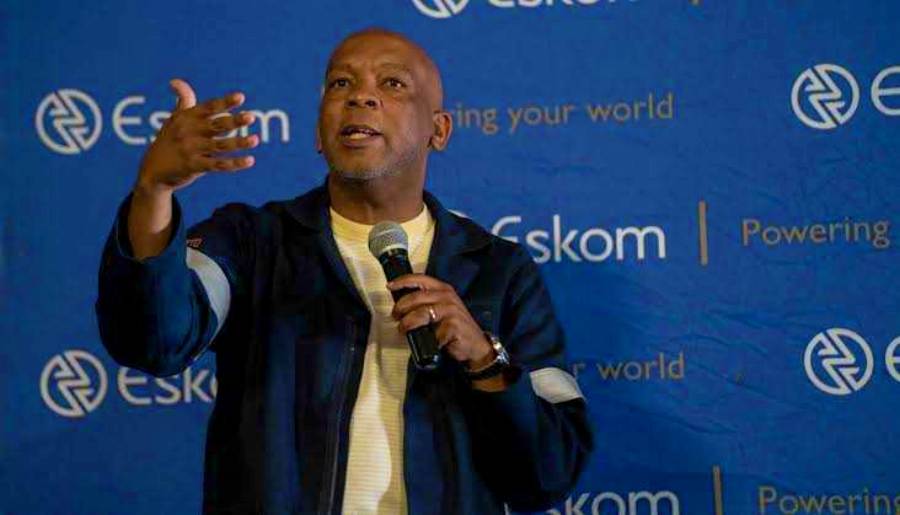Sun 30 July 2023:
Projects are underway to upgrade Eskom’s infrastructure in the areas of generation and transmission in effort to increase their capacity and resolve load shedding.
Addressing a media briefing on Sunday, Minister of Electricity, Dr Kgosientsho Ramokgopa, said 25 projects to upgrade the existing transformers and increase their capacity are currently in construction.
“We are talking about 25 projects that can unleash about 13 gigawatts of electricity into the grid. The work starts now to be connected by 2026 to ensure there is additional capacity. We need to ensure we expedite the projects and bring them quicker online so we can expand the grid capacity.
“These are the twin challenges [generation and transmission] that we are facing at the moment and we must resolve to address load shedding. Of course, the issue of distribution must receive attention,” the Minister said in Pretoria.
In addition, Eskom has identified 22 projects that can provide 24 gigawatts by 2033.
The concentration of these projects is in the Western Cape, Northern Cape and Eastern Cape, as the coastal areas have the highest wind speed.
“From the Northern Cape, we can get about 5 845MW. In the Eastern Cape, we can get 5 875MW and 8 954MW in the Western Cape. Eskom will need R100 billion going into the 2025 financial year and by 2029, we will need about R170 billion.
“The Eskom balance sheet will not be sufficient to finance this. We need alternative sources of financing and that is the work we are doing,” the Minister said.
Grid capacity
Ramokgopa also gave an update on the Energy Availability Factor for the week 24 July – 28 July 2023.
“During this week in question, we had a peak on 25 July, where we had capacity available to the tune of 29 376MW.
“This energy availability is the sum of a number of elements, which include planned outages.
“On Friday (28 July), we had the highest of that period with 4 126MW. That represents 1 600MW above what we had projected for our planned outages for the winter period.
“When the planned outages are up, it means that we are doing everything that is possible in an orchestrated fashion to ensure we are able maintain the units and when they return, hopefully they will be more resilient and overtime, it will improve the capacity available,” the Minister said.
Ramokgopa said the albatross remains the capacity loss factor, where units fail as a result of a multiplicity of factors.
“The principle reason… is boiler tube leaks. They are a big contributor to the failure rate. In the context of the winter outlook, the best case scenario was that the unplanned loss capability factor would be about 15 000MW and the worst case scenario was that it would be about 18 000MW.
“We are just shy of 16 000 MW. It is an area that is receiving our attention. The partial load losses simply means that the units are producing but not at the desired level. This is at 6 340MW. We want to improve their efficiency so that they are able to perform better and give us a significant number of MW,” the Minister said.
Eskom is working on reducing the unplanned capability loss factor (UCLF). We want to improve the performance of the units by reducing the partial load losses. When you bring those together, they add to the available capacity. Those are the areas that we are tracking,” he said.
Ramokgopa assured citizens that Eskom is working hard ensure the country does not go beyond Stage 4.
“On outage slips, this is one area that we are seeing significant improvement. It almost halved from 3 476 MW. We are at 1 843MW. This is a function of planning and management. It has received extended attention by various station managers. This is one area that I am confident that we will continue to see major strides going into the future,” the Minister said.
– SAnews.gov.za
______________________________________________________________
FOLLOW INDEPENDENT PRESS:
TWITTER (CLICK HERE)
https://twitter.com/IpIndependent
FACEBOOK (CLICK HERE)
https://web.facebook.com/ipindependent
Think your friends would be interested? Share this story!





